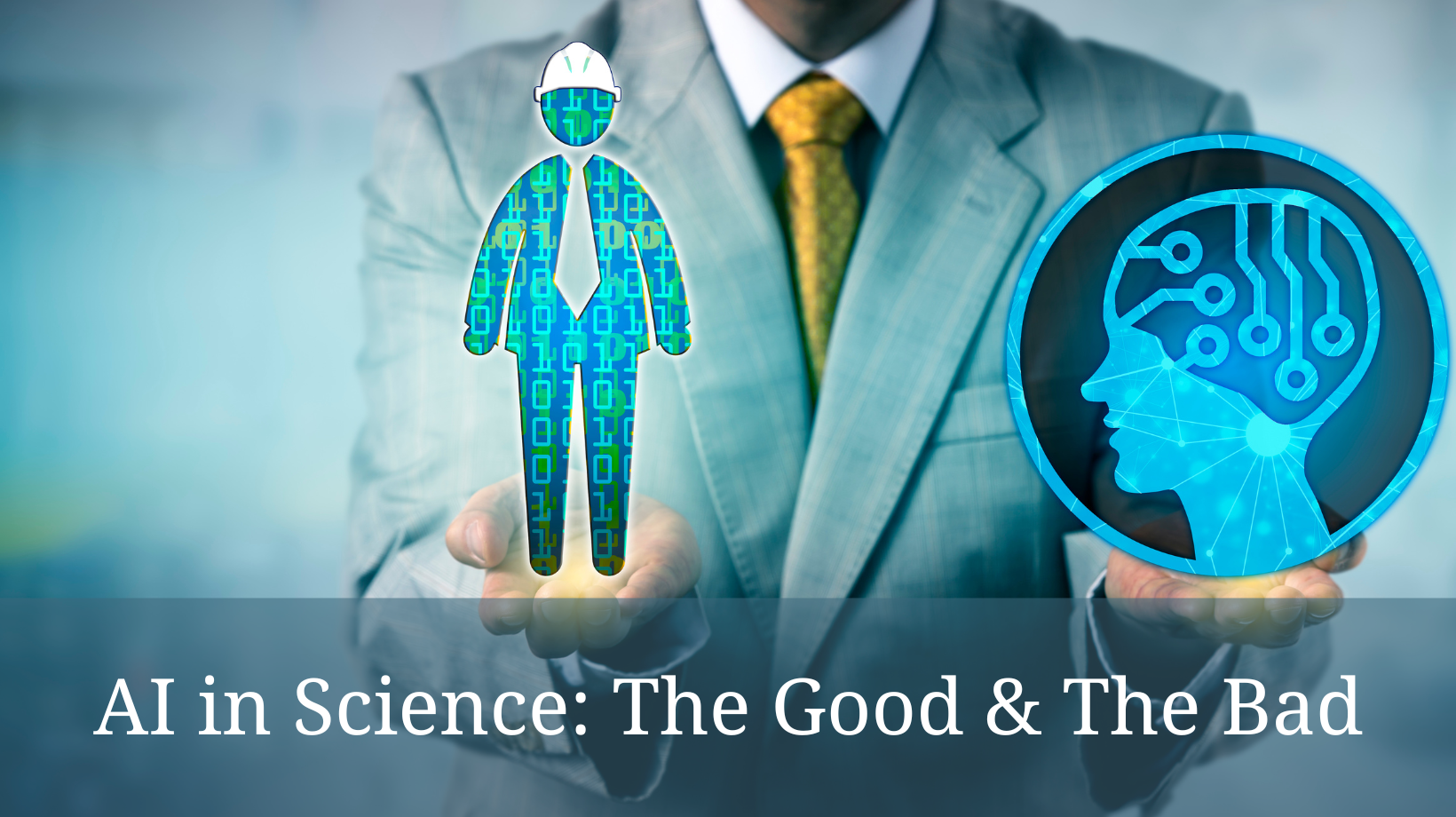The advent of Artificial Intelligence (AI) has fueled discussions on whether it will augment, alter, or entirely replace human jobs across various industries. A recent study by the Massachusetts Institute of Technology (MIT) delves into the economic feasibility of AI systems replacing human labor, shedding light on the challenges and limitations associated with widespread workplace automation.
The Economic Hurdle
MIT’s comprehensive examination focuses on the cost-effectiveness of automating tasks using AI, particularly those involving computer vision, such as teachers and property appraisers. Surprisingly, the study finds that only 23% of worker compensation linked to AI computer vision is deemed economically feasible for firms to automate. The substantial upfront costs associated with implementing AI systems pose a significant barrier, making human involvement more economically viable in many instances.
Industry Momentum and Concerns
Despite the success of advanced generative AI tools like OpenAI’s ChatGPT, tech giants, including Microsoft, Alphabet, Baidu, and Alibaba, intensified their AI development initiatives. However, concerns about the rapid pace of these advancements and their potential impact on employment have led to a cautious approach. The MIT study addresses the sentiment that “machines will steal our jobs” during periods of swift technological advancement.
Computer Vision’s Role:
Computer vision, a subset of AI, plays a crucial role in extracting meaningful information from digital images and visual inputs. The study highlights the favorable cost-benefit ratio of computer vision in sectors such as retail, transportation, and warehousing, as well as its potential applications in healthcare. However, the economic feasibility of implementing AI systems varies across different industries.
AI Rollout and Scalability
The study suggests that a more aggressive AI rollout, especially through AI-as-a-service subscription offerings, could enhance scalability and viability across various applications. The researchers envision a potential increase in the cost-effective automation of visually-assisted tasks, from the current 3% to 40% by 2030, contingent on decreasing data costs and improving accuracy.
Job Displacement Concerns
The sophistication demonstrated by advanced chatbots like ChatGPT and Google’s Bard has reignited concerns about AI displacing jobs traditionally exclusive to human capabilities. The International Monetary Fund (IMF) estimates that nearly 40% of jobs worldwide could be affected by AI, prompting policymakers to carefully balance its potential benefits with possible negative consequences.
Case Study: The Bakery Dilemma
The MIT study includes a case study involving a hypothetical bakery, where bakers spend only 6% of their time visually inspecting ingredients for quality control. Despite potential time and wage savings through the implementation of cameras and an AI system, the researchers conclude that the cost of such a technological upgrade currently outweighs the benefits. This highlights the nuanced considerations required when assessing the feasibility of AI implementation across different occupations.
Future Outlook and Recommendations
Neil Thompson, the director of the FutureTech Research Project at the MIT Computer Science and Artificial Intelligence Lab, emphasizes that the study evaluates the applicability of computer vision across the economy. He suggests that while there will be more automation in retail and healthcare, other sectors like construction, mining, or real estate might witness less automation. The study underscores the need for a balanced and cautious approach to AI integration in the workforce.































